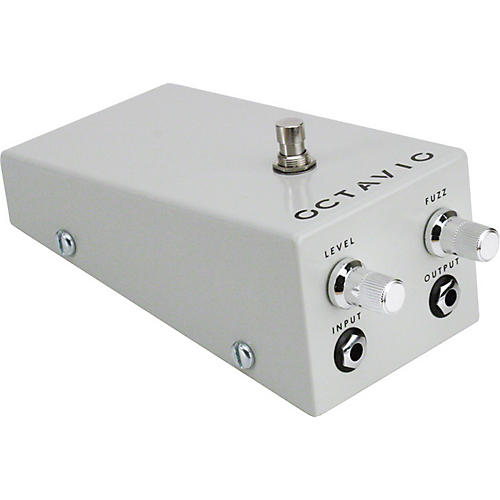Background
The guitar effects pedal affected the world of rock significantly; it used a “lexicon of guitar tones that will probably forever inspire electric guitar players”[1]. Some producers thought rock was on the “way out”, but as soon as the guitar pedal was introduced, those producers soon found out that they were wrong. The “wah-wah” pedal, that Hendrix used in many of his songs including “Voodoo Chile” and “All Along The Watchtower”, was first invented in 1966 and was introduced to the world through Hendrix’s music in 1967 [2]. It first came about when a young American inventor named Brad Plunkett was given the task of making amplifiers for less money. As he was experimenting with a “smooth dial of a rotary potentiometer in place of an expensive switch” [3] he discovered the wah-wah effect. He combined this sound effect with the foot pedal of an organ and the wah-wah pedal was created. The pedal was first named the “Clyde McCoy” but then soon after became known as the brand “Cry Baby” [4]. The aluminum pedal features a black rubber around the metal base plate and a “Dunlop-style PC board circuit with a circular inductor and plug-in socket that connects the wires from the battery, sealed potentiometer, and bypass switch” [5]. This pedal created a computerized waaah sound, hence the name the wah wah pedal.
Effects of the Pedal
Before the guitar effects pedal, guitarist were limited to tape delay, spring reverb, and fuzz [6]. The addition of the wah wah pedal gave listeners a new sound that they had never heard before and the audience took a strong liking towards it. It took the typically heard sound of fuzz and tape delay and offered the listeners something energetic, high tech, and futuristic.The effects pedal adds more texture and changes the dynamics of the song. It gives the song a subtle crescendo and decrescendo that each wah of the pedal achieves. It gave the listeners a new world to enter into. It inspired creative thinking and took the audience into the psychedelic world. The invention of the wah wah pedal has been said to have taken the guitar from being able to sing to being able to cry [7]. It has taken an instrument and given it emotions. The pedal accomplishes this by creating a rhythm in the wah-wahs. The short and longer notes of the wahs create an alluring sound that emotional attracts the listeners. It has made the guitar complicated, rich, and respected. The pedal did not only allow artists to deepen and expand the sounds of their songs, it allowed them to have guitar solos that were truly captivating. The typically found form of a rock song involves a guitar solo mid song. By adding the guitar effects pedal into this guitar solo, it added texture and a unique timbre that grabbed the ears of the audience. The audiences were in awe of the sounds the pedal produced and this enable a longer than normal guitar solo to be recorded and performed.
Jimi Hendrix was not the only rock artist who used the effects pedal, but Hendrix used the pedal to its fullest potential and popularized it among the genre. He first used a fuzz Octavio pedal that created the sounds an octave up from what he was playing on his guitar. It was a simple pedal that had one button that was pressed to activate the sound. This sound and pedal can be found on his tracks such as “One Rainy Wish” and “Purple Haze”. He then moved to the wah wah pedal and made tracks such as “All Along the Watchtower”, “Up From The Sky”, and “Voodoo Chile”. Hear the Octavio and wah-wah pedals below:
———————————————————————————————————————————————————————————
Footnotes:
- Art Thompson. “Gear Roundup!: Equipment Extravaganza- 25 Tasty Tone Toys: Dunlop JH-F1 Jimi Hendrix Fuzz Face, JH-OC1 Jimi Hendrix Octavio, JH-1B Jimi Hendrix Signature Wah.” Guitar Player, vol. 42, no. 1, 01, 2008, Music Periodicals Database, pg 158.
- Josh Jones, “Two Guitar Effects That Revolutionized Rock: The Invention of the Wah-Wah & Fuzz Pedals.” Open Culture, 9 Nov. 2015, www.openculture.com/2015/11/two-guitar-effects-that-revolutionized-rock-the-invention-of-the-wah-wah-fuzz-pedals.html.
- Ibid.
- Ibid.
- Thompson, “Gear Roundup!: Equipment Extravaganza,” pg 158-159.
- Jones, “Two Guitar Effects.”
- Josh Hart, “Pedal to the Metal: The 25 Greatest Wah Solos of All Time,” Guitar World, September 22, 2015, , accessed April 04, 2018, https://www.guitarworld.com/gw-archive/pedal-metal-25-greatest-wah-solos-all-time.


